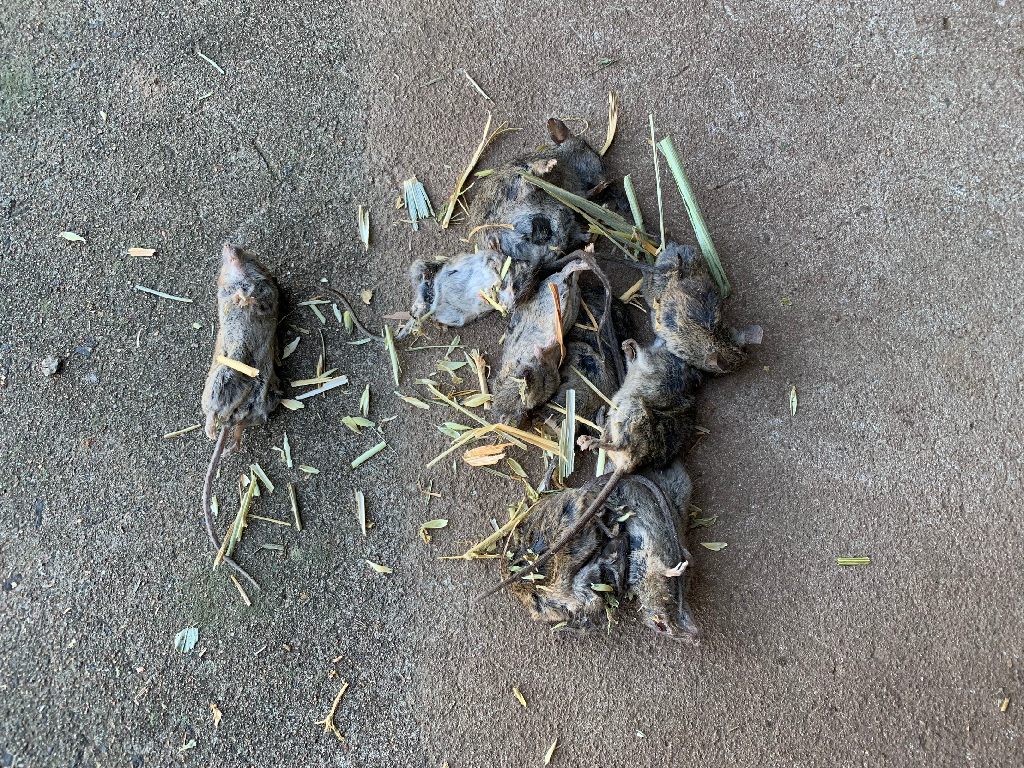The Mouse Dilemma

On my calculations, a pair of mice can turn into about 80 (give or take) in just over 2 months under suitable conditions. Start to multiply that and it’s easy to see how quickly plague proportions can arise. And what are suitable conditions? They don’t need much; just food, shelter and a bit of moisture.
While the cold snap has knocked the edge off them as they don’t breed during winter, advice from experts like Dr Peter Brown from the CSIRO recommends that we prepare now for spring and the summer sowing window.
Apparently mice live in our paddocks year-round and they don’t move much. Modern minimum tillage farm management methods favour their survival in that they have an ongoing source of food (stubble and grain) and plenty of cover (stubble and undisturbed soil).
Grain left on the ground after harvest is a major source of food for the little blighters. Studies show that after the headers are finished, there’s about 150kg of grain per hectare scattered on the ground. That’s enough grain to feed one mouse for 50,000 days! Furthermore, the zinc phosphide baiting rate is 1kg of baited grain per hectare. A mouse might only need to eat one grain of baited grain to die, but if there is 150kg of unbaited grain versus 1kg of baited grain per hectare, it’s easy to predict that your baiting might not be as effective as you’d like.
So what to do?
Dr Brown recommends making your property a “mouse unfriendly environment”. It’s critical to reduce that amount of residual food available so that your baiting efforts can be rewarded. This might include:
- Ensuring your header is efficient (a win – win),
- Consider grazing livestock, especially sheep, on stubble after harvest to pick up residual grain,
- Reduce residual feed available wherever you can,
- Bait approximately 6 weeks before sowing, and
- Bait again during sowing.
Tackling mice in stored fodder and grain is an ongoing battle. Our reliance on baiting is a pretty crude tool against a complex problem. Let’s hope the research being done by GRDC and others finds alternatives that are more effective and a little easier on the environment. The poisoning of domestic and native non-target species by second generation rodenticides is a bitter pill to swallow (excuse the pun).
No doubt we’ll get through the mouse plague, although it will take all the tools in the box and a more than a little bit of ingenuity. Then it will be on to the next challenge.
Some websites with useful information:
Local Land Services - mice management
Pic: this morning's clean up from the RPNSW horse feed shed
by Michael Guest in Latest News
Share this post
Posts this year
Archived Posts
- Posts in 2024
- Posts in 2023
- Posts in 2022
- Posts in 2021
- Posts in 2020
- Posts in 2019
- Posts in 2018
- Posts in 2017
- Posts in 2016
